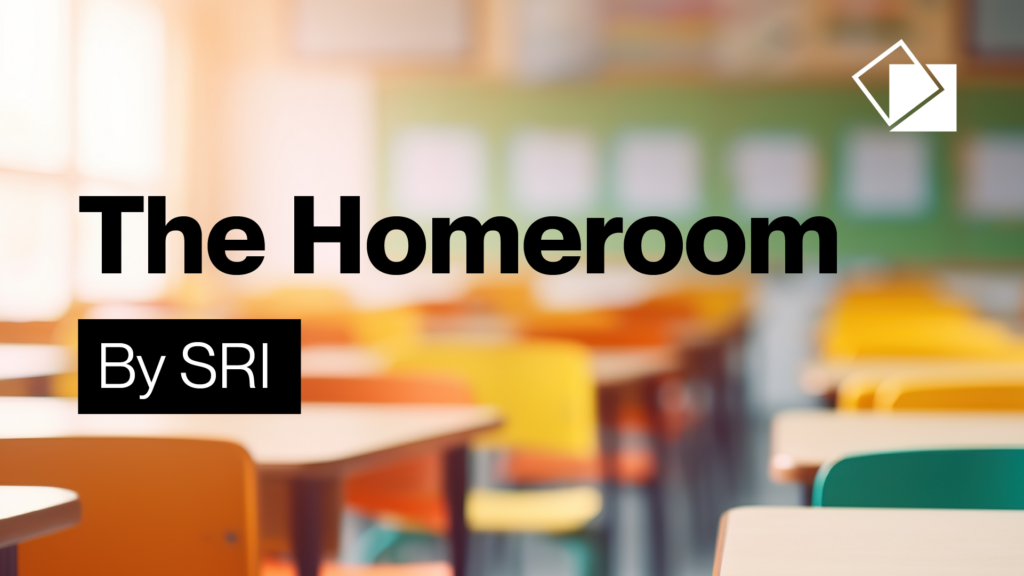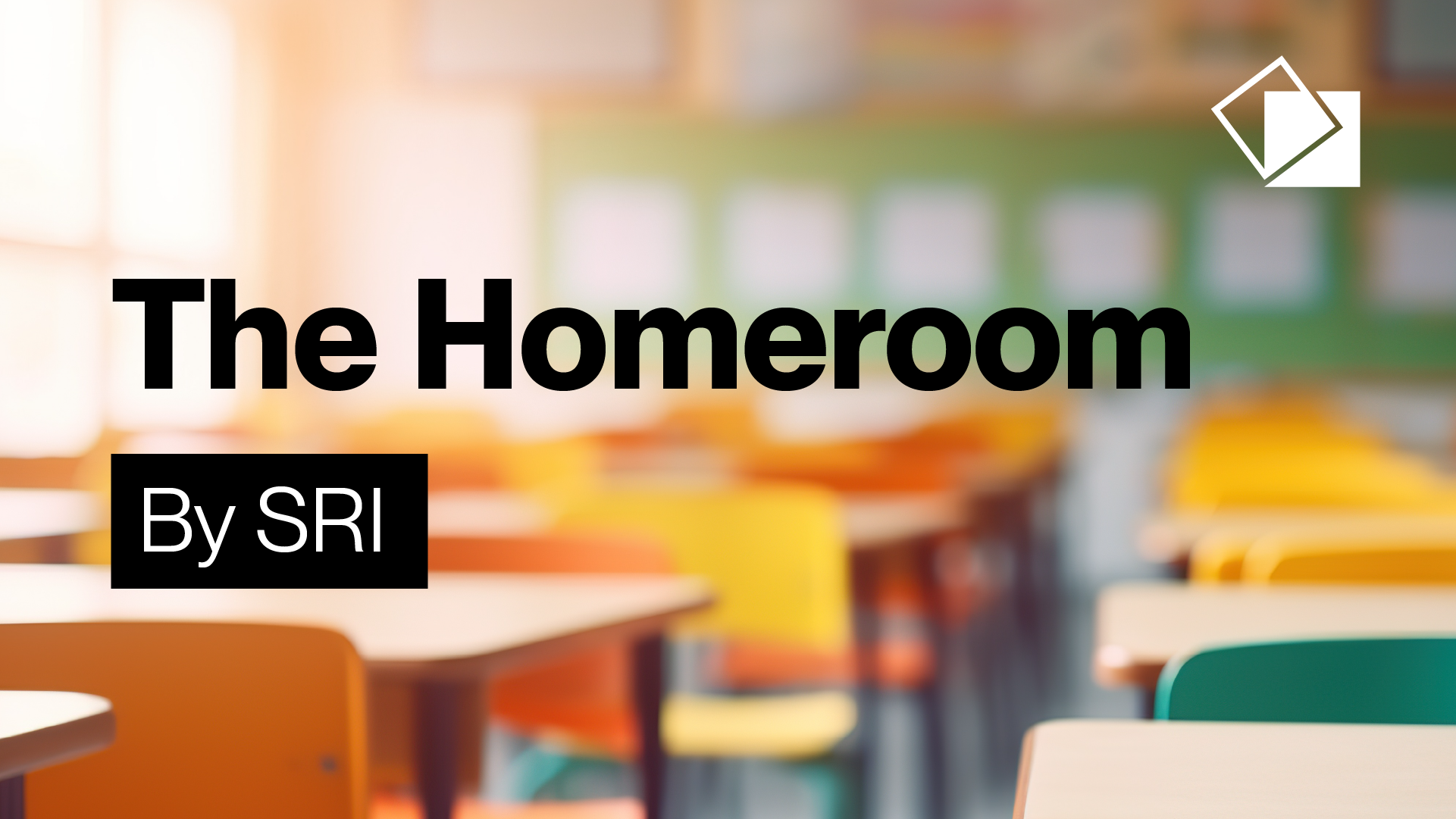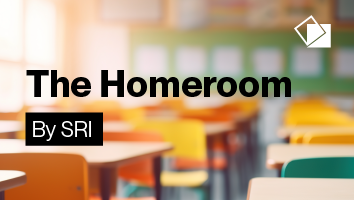
Not all innovations are created the same. Even the most promising educational products and programs can fall short if they don’t address the needs – and the everyday realities – of schools, educators, and students.
SRI researcher Rebecca Griffiths joins host Kori Hamilton Biagas on The SRI Homeroom Podcast to discuss those realities, and the value of considering educator context, decision-making processes, and usability in the design of new innovations.
Griffiths shares some strategies for designing more effective, scalable products and engaging user communities throughout the development process.
She also shares insights from The LEARN Network, a national initiative working to promote student learning growth by increasing the use of evidence-based programs and products in schools across the U.S.
Discover more tools and strategies for promoting learning growth on The LEARN Network webpage.
Access a free toolkit designed to support researchers and developers in creating, testing, and scaling evidence-based educational products on the LEARN to Scale Toolkit webpage.
Rebecca Griffiths is a Principal Researcher with SRI Education. Learn more about Rebecca and her work on her SRI Education webpage.




